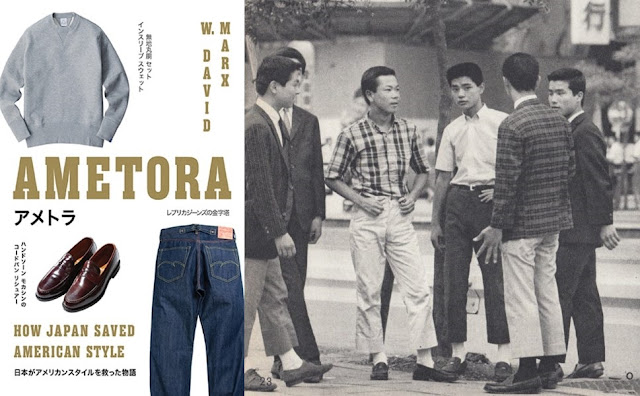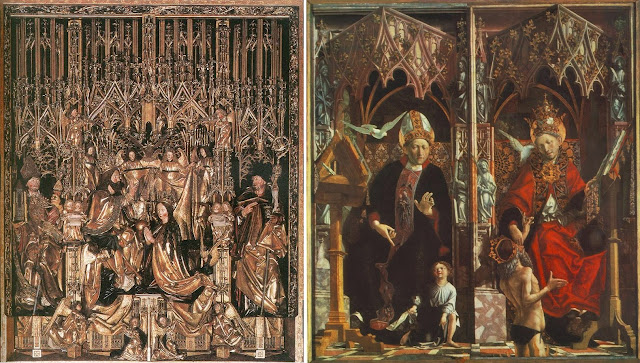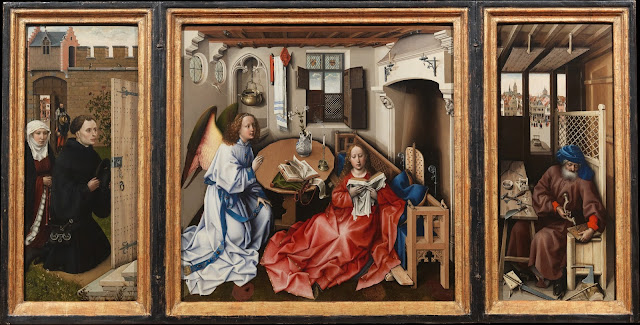Christ Entering Jerusalem , a comparison (Left: 1308-11, Duccio, back of the Maestà Altar , Cathedral Museum, Sienna; Right: 1305-06, Giotto, Fresco, Arena Chapel, Padua) The two versions [of Christ Entering Jerusalem ] have many elements in common, since they both ultimately derive from the same Byzantine source; but where Duccio has enriched the traditional scheme, spatially as well as in narrative detail, Giotto subjects it to a radical simplification. The action proceeds parallel to the picture plane; landscape, architecture, and figures have been reduced to the essential minimum... Yet Giotto's work has far the more powerful impact of the two; it makes us feel so close to the event that we have a sense of being participants rather than distant observers. How does the artist achieve this extraordinary effect? He does so, first of all, by having the entire scene take place in the foreground and—even more important—by presenting it in such a way that the











